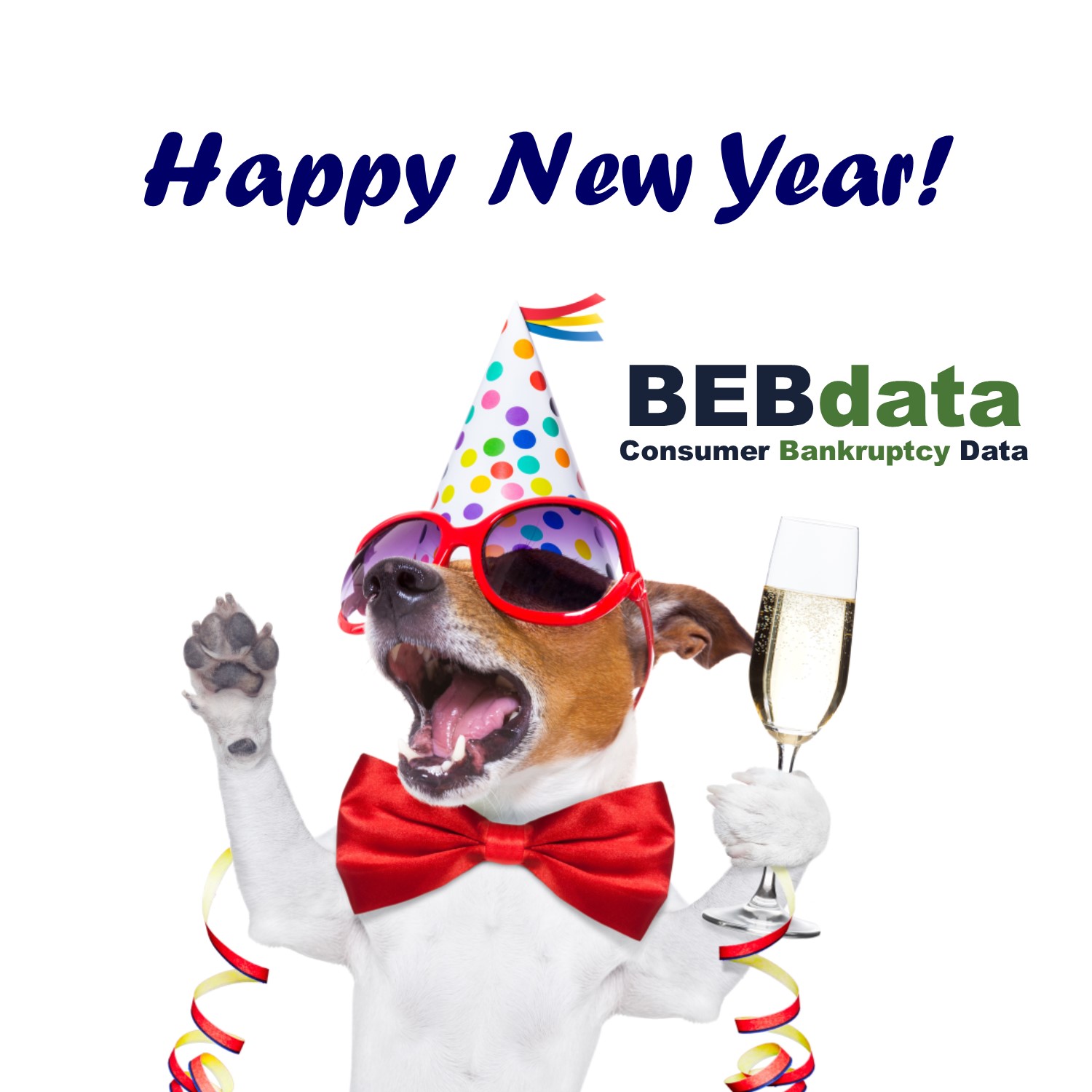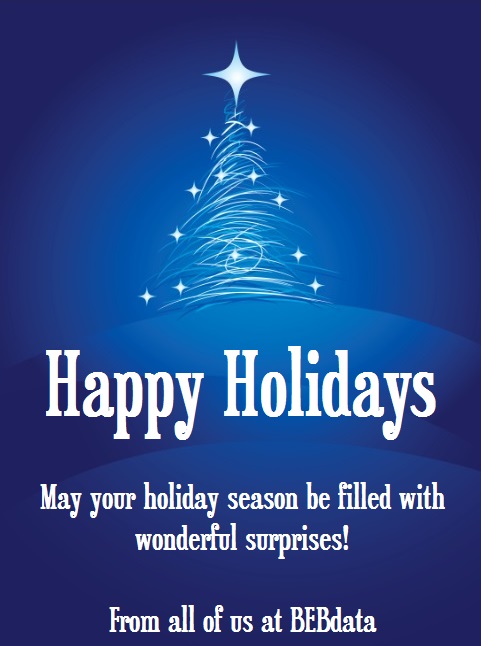 Predictive analytics encompasses a variety of statistical techniques from data mining, predictive modelling, and machine learning, that analyze current and historical facts to make predictions about future or otherwise unknown events.
Predictive analytics encompasses a variety of statistical techniques from data mining, predictive modelling, and machine learning, that analyze current and historical facts to make predictions about future or otherwise unknown events.
Predictive models identify patterns found in historical or transactional data to identify risks and opportunities. Models capture relationships among multiple factors to allow assessment of risk or potential associated with a particular set of conditions. The defining functional effect is a predictive or probability score for each.
One of the best-known applications is credit scoring, which is used throughout financial services. Scoring models process a customer’s credit history, loan application, customer data, etc., in order to rank-order individuals by their likelihood of making future credit payments on time.









